Geography and Location
Kastelli (officially Kastellion), in the Municipality of Agios Nikolaos, Lasithi, Crete, is part of the Epano Mirabello region. It lies on the western side of the Fourni plain at an altitude of 320 meters. The village is near Fourni (1 km), Neapoli (5 km), and Agios Nikolaos (17 km).
The Fourni Villages
The name Fourni refers to a cluster of three villages: Kastelli, Kato Chorio (Lower Village), and Pano Chorio (Upper Village), all located on the Fourni plain. Nearby are the small settlements of Syrmesso, Skouras, Chavgas, and Chondrovolakoi. These were once thriving agricultural communities with rich traditions. The area is known for its Venetian architecture.
History
Kastelli’s history goes back to 1400. Its name, derived from the Venetian word “Kastelium” (fortress), reflects its strategic importance during Venetian rule in Crete.
Landmarks
- Traditional Houses: The village has traditional houses with charming alleys and courtyards.
- Byzantine Church of Agioi Apostoloi: A historic and architecturally significant landmark.
- Monastery of Afentis Christos: An important religious site.
Culture and Traditions
While the people of Kastelli didn’t speak a distinct dialect, they had a shared history rooted in agriculture. The community relied on cooperation, with families helping each other in tasks like harvesting and tending to animals. This tradition of mutual support strengthened community bonds.
The village had 11 churches, possibly dating back to the Venetian or Ottoman period, indicating the importance of religion in the community. Two cemeteries served as the final resting places for generations of villagers.
Family and Social Life
Family structures in Kastelli were traditional, with children showing respect to their parents and elders. Terms of address reflected familial hierarchies, with specific terms for grandparents, aunts, uncles, and in-laws. Godparents held a special position in the community, and their role extended beyond religious ceremonies to include social connections.
Marriages often involved partners from the same village or neighboring settlements. Inheritance practices ensured that all children, regardless of gender, received an equal share of the family’s property. Interestingly, the custom of dowry was not practiced in Kastelli.
Economy and Land Ownership
In the past, the primary occupations in Kastelli were agriculture and animal husbandry. The fertile lands supported the cultivation of olives, wheat, barley, almonds, and other crops. Some products were for local consumption, while others, like olive oil and almonds, were traded.
Although agriculture remains important, there has been a shift in recent years. The collection of wild sage, once a significant activity, has been replaced by the gathering of oregano.
Land ownership in Kastelli was relatively evenly distributed, with few individuals holding large plots of land. The concept of “national lands” did not exist in the village.
Education
A school was established in Kastelli in 1920, marking a significant step in providing education to the village’s children.
Settlement: Key Points
- Historical References: Historical records date back to 1400.
- Location: Municipality of Agios Nikolaos, Lasithi regional unit, Crete, Greece. 17 km from Agios Nikolaos city.
- Altitude: 320 meters.
- Historical Significance: Venetian-era settlement, strategically important location.
- Population:
Year |
Population |
|---|---|
2011 |
205 |
2021 |
88 |
- Current Status: Active village, part of the Fourni area, known for its traditional architecture and peaceful atmosphere.

















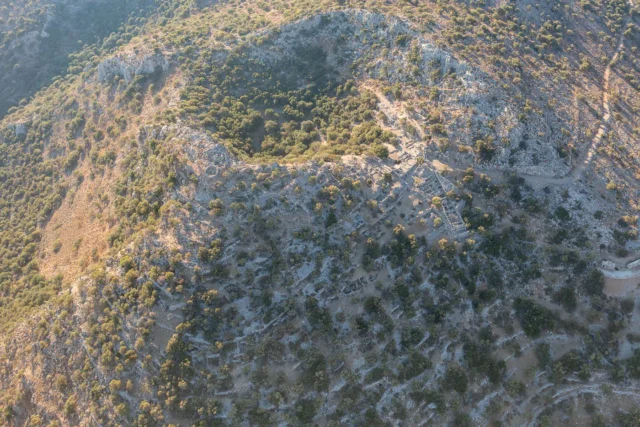
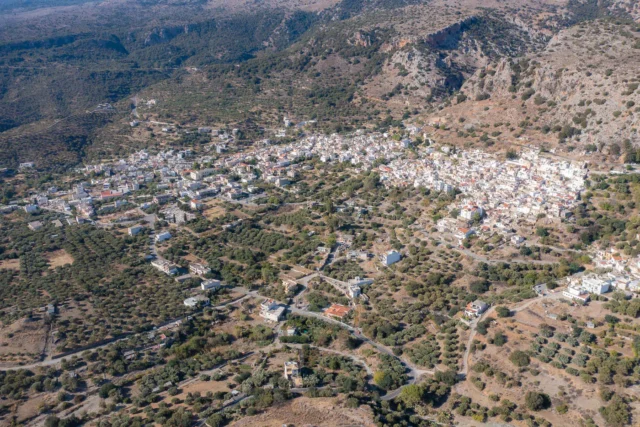

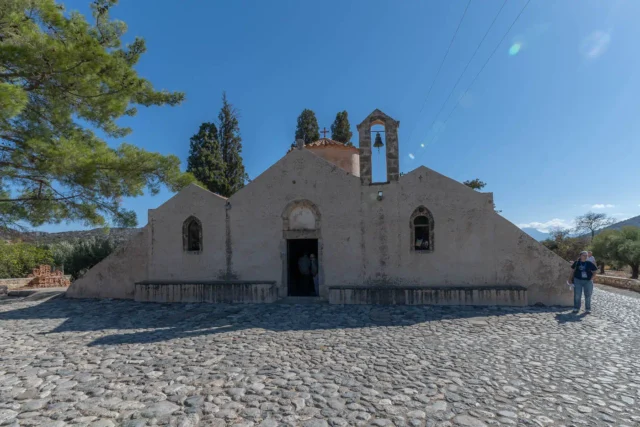
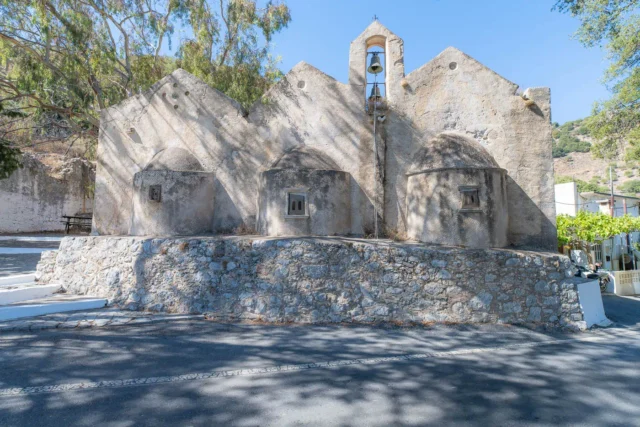
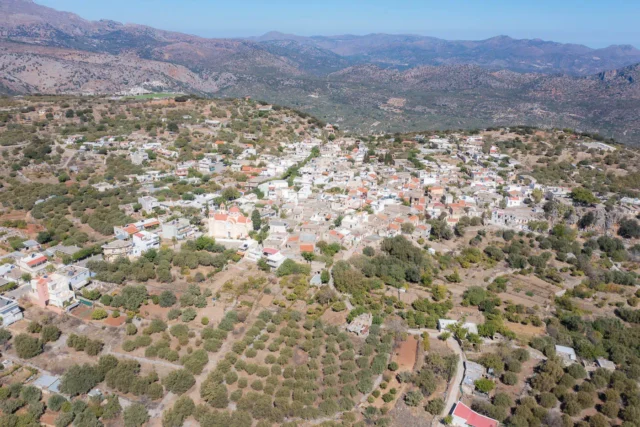

There are no comments yet.